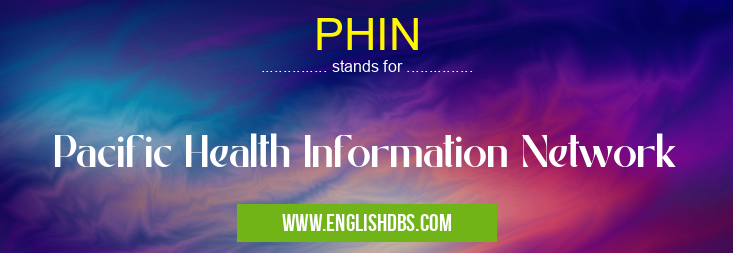What does PHIN mean in HEALTHCARE
PHIN stands for Pacific Health Information Network. It is a collaborative initiative that aims to enhance the accessibility and utilization of health information within the Pacific region.

PHIN meaning in Healthcare in Medical
PHIN mostly used in an acronym Healthcare in Category Medical that means Pacific Health Information Network
Shorthand: PHIN,
Full Form: Pacific Health Information Network
For more information of "Pacific Health Information Network", see the section below.
» Medical » Healthcare
What is PHIN?
The Pacific Health Information Network (PHIN) is an online platform that provides access to a wide range of health-related resources, including:
- Health data and statistics: PHIN provides access to data on various health indicators, such as maternal and child health, infectious diseases, and non-communicable diseases.
- Research and evidence-based guidelines: PHIN offers access to research findings, best practices, and evidence-based guidelines for health professionals and policymakers.
- Health news and updates: PHIN provides timely updates on health-related events, new initiatives, and research advancements.
Benefits of PHIN
PHIN offers numerous benefits to its users, including:
- Improved access to information: PHIN provides a central platform for accessing health-related information, making it easier for health professionals, researchers, and policymakers to stay informed about the latest developments in the field.
- Enhanced data-driven decision-making: The availability of health data and statistics on PHIN allows for data-driven decision-making, enabling policymakers and health professionals to allocate resources and develop effective health interventions.
- Collaboration and networking: PHIN facilitates collaboration and networking among health professionals and organizations, fostering the exchange of knowledge and best practices.
Final Words: The Pacific Health Information Network (PHIN) is a valuable resource for health professionals, researchers, and policymakers in the Pacific region. It provides access to a wealth of health-related information, facilitating data-driven decision-making, enhancing collaboration, and ultimately improving the health outcomes of Pacific people.
